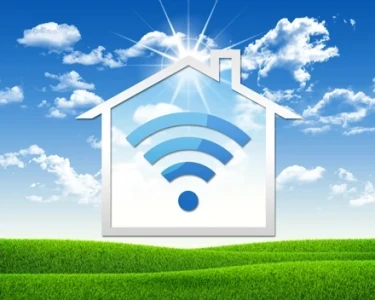In-Home Display Connectivity

Optimizing conservation benefits through AMI
BY MELODY TOMKOW, Aztech Associates
The conservation benefits of ‘real-time’ electricity consumption information provided by home energy monitors, also known as in-home displays, have been studied repeatedly over the past decade. Recent studies such as the NV Energy’s “2011 Annual Demand Side Management Update Report” report a household electricity consumption reduction of 3.5 percent to nine percent.
Additionally, a well-known survey of existing U.S., Canadian and Japanese studies entitled, “The Impact of Informational Feedback on Energy Consumption -- A Survey of the Experimental Evidence”, published by the Brattle Group, shows an electricity usage reduction of seven percent.
However, electric utilities are still challenged to draw applicable meaning from this plethora of information. While the studies clearly demonstrate conservation benefits, the variables across studies—from the range of methodologies to the analytical models used, and the constant evolution of the Smart Grid make it nearly impossible to develop a robust synthesis of results. Importantly, there has been no review that adequately delineates the divergent conservation benefit of advanced metering infrastructure (AMI), connected in-home displays (IHDs) and non-AMI connected IHDs.









